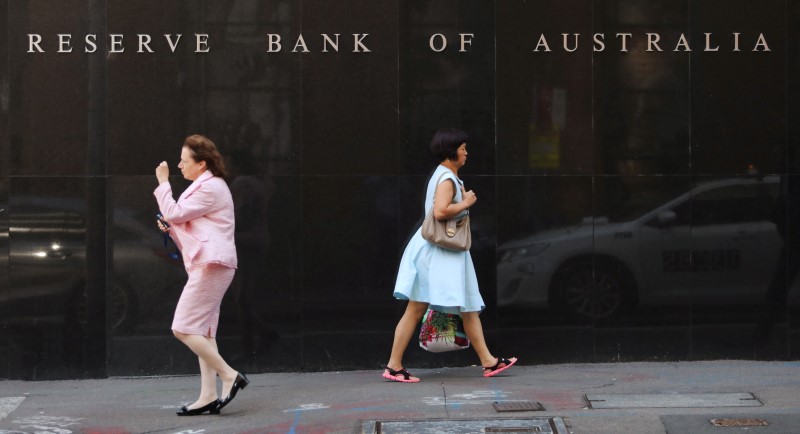(Bloomberg) -- Australia’s central bank said the case for taking interest rates below 1% for the first time outweighed the risks posed by its dwindling policy ammunition.
In considering the Reserve Bank’s third rate cut in five months, the board observed that threats to global growth, ongoing easing among its major peers and a stubborn unemployment rate at home warranted lowering the cash rate to a record 0.75%, minutes of the Oct. 1 meeting showed.
However, the minutes showed some caution among board members, who were mindful that already expansionary policy along with a lower exchange rate was supporting growth. Concerns included a lack of stimulus to address future shocks and the potential for cuts to be less effective than in the past.
“Members concluded that these various factors did not outweigh the case for a further easing of monetary policy,” said the minutes released in Sydney Tuesday. The board “also noted the trend to lower interest rates globally and the effect this was having on the Australian economy and inflation outcomes.”
While the board acknowledged that supportive policy could combine with recent tax cuts to boost growth more than such measures might individually, it also recognized that such effects may be smaller than expected and that global risks were still tilted to the downside.
The central bank also considered the argument that some policy ammunition should be saved as insurance against future crises. However, it concluded that the RBA could reduce the likelihood of a negative shock that would hurt the bank’s goals by “strengthening the starting point for the economy.”
On concerns that stimulus might be less effective than in the past, the board considered that the negative effect of low rates on the income and confidence of savers might be more significant than the impact on borrowing or construction.
“Notwithstanding this, transmission through the exchange rate channel was still considered likely to work effectively,” the minutes said. “Evidence suggested that the positive effects of lower interest rates on aggregate household cash flows via lower debt repayments was likely to support household spending.”
The RBA also reiterated in the minutes that it was prepared to ease monetary policy further if needed.
